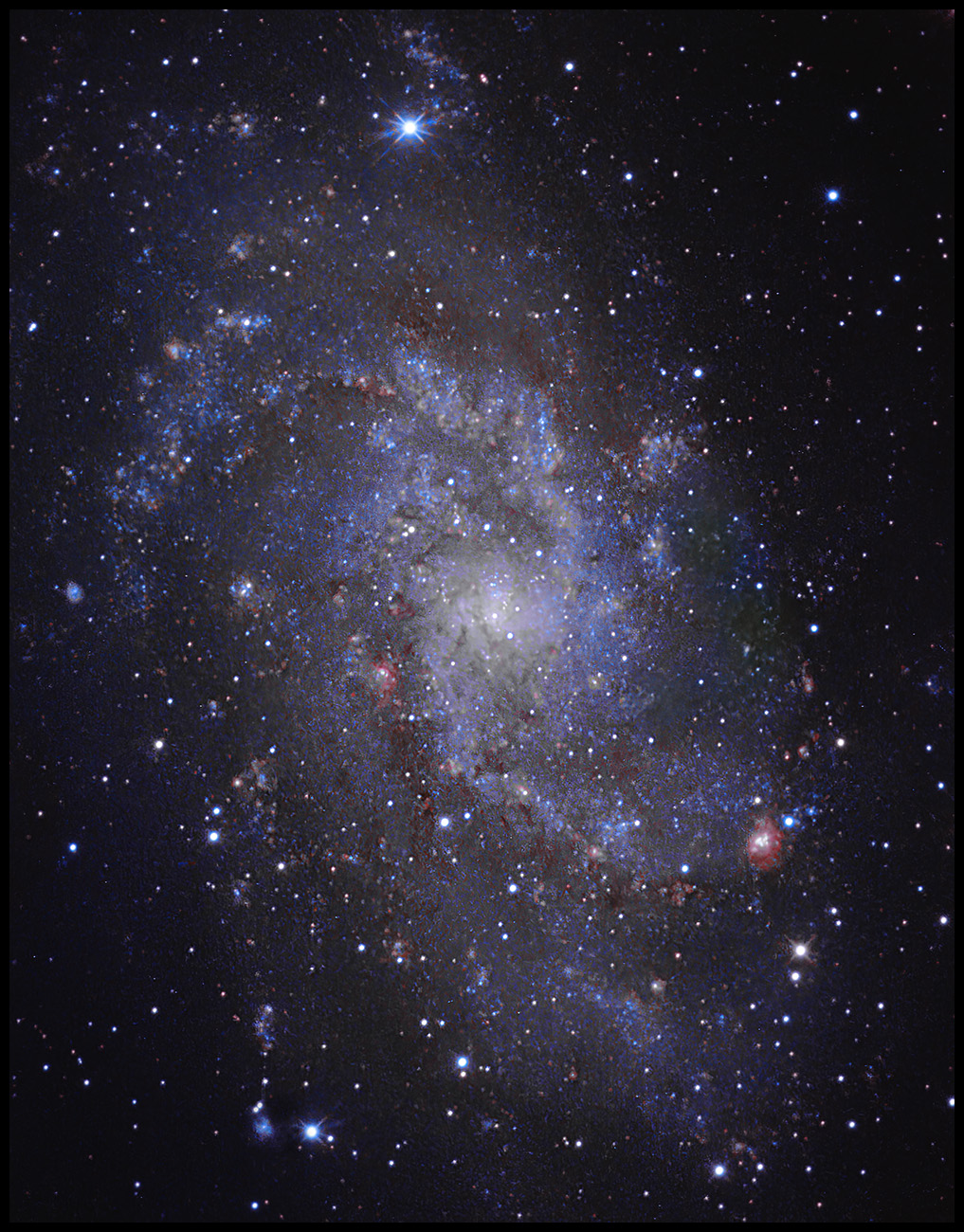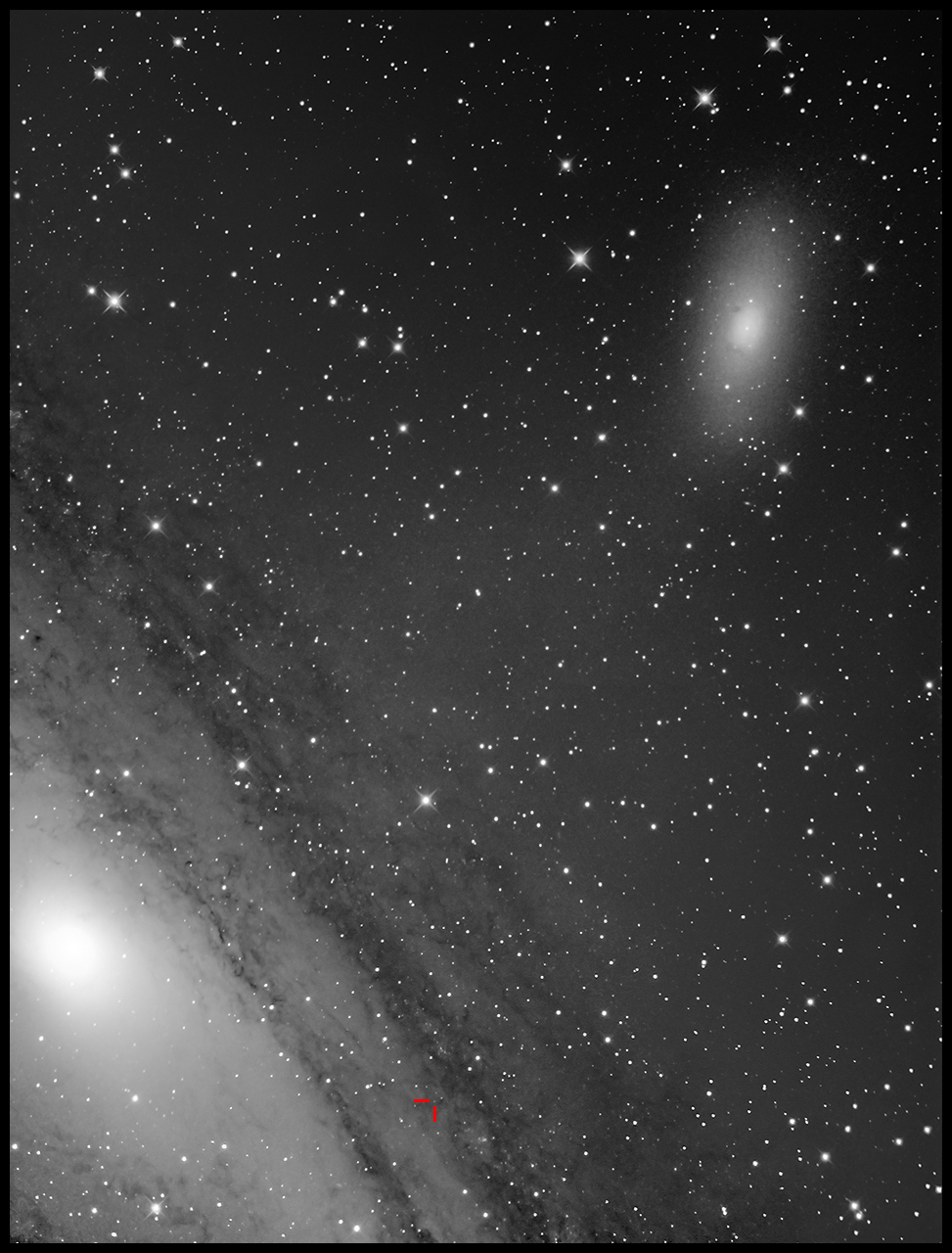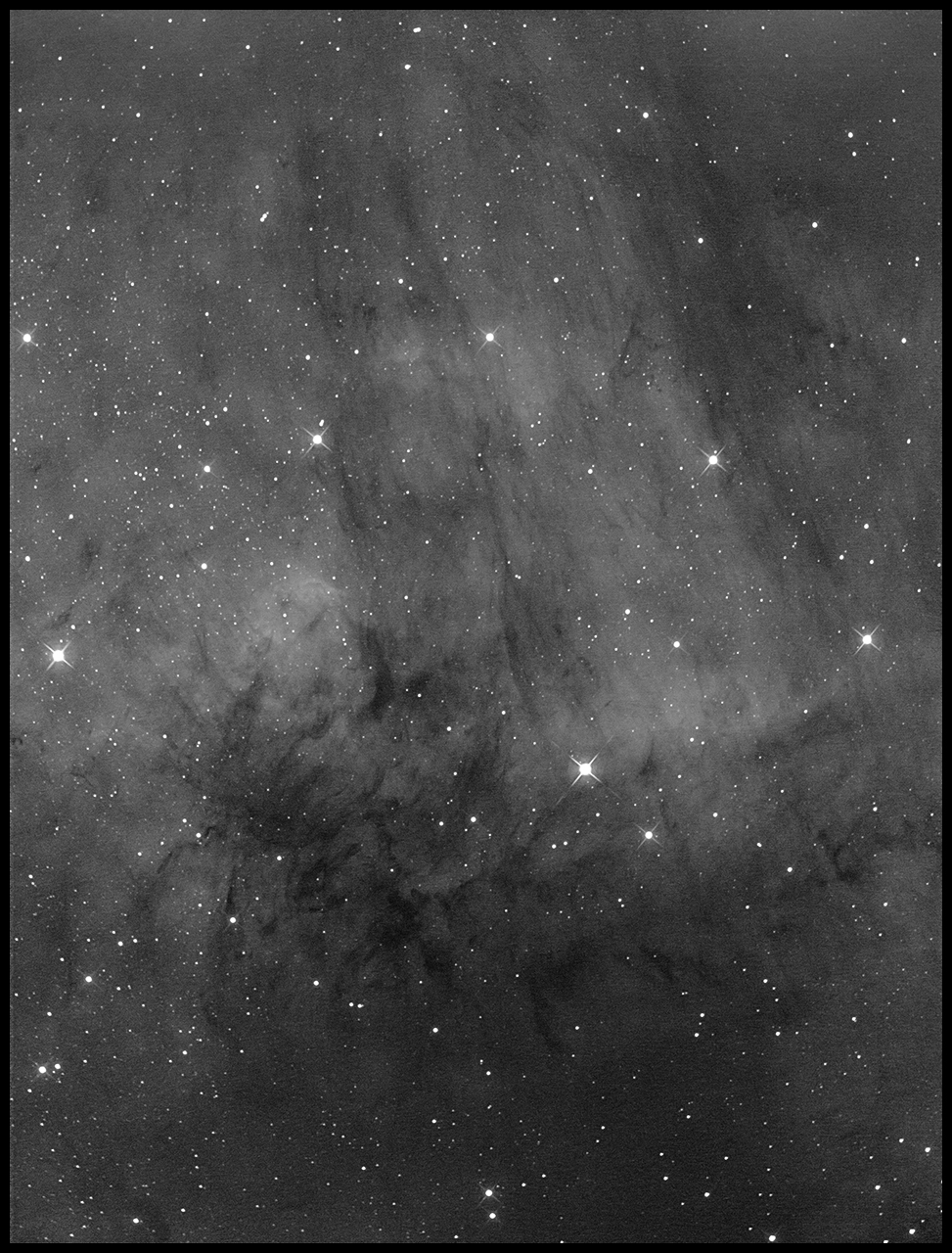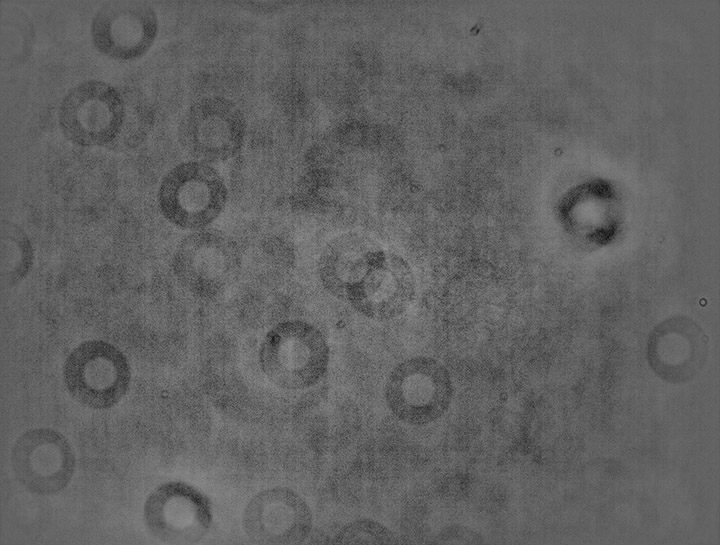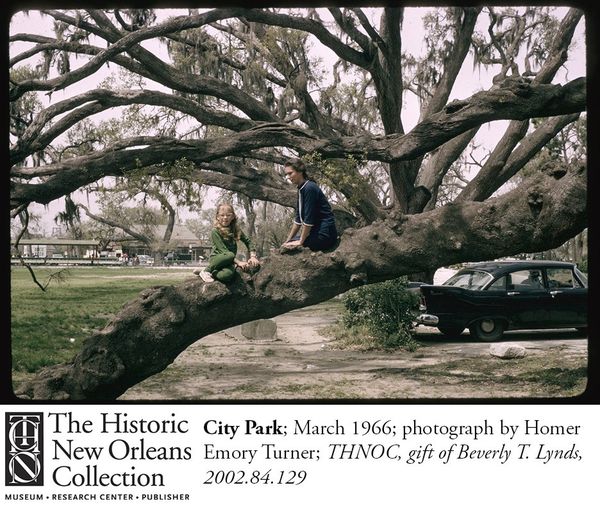The Starry Night, 231 :: home :: |
I cannot fix a problem I do not have.
A Bluewalker 3 satellite is due soon. No one seems to know what to expect, but they sure sound bright. Apparently, the cell antenna has not yet deployed: I saw nothing. I did get some depressing images of my sky, my entire sky, while waiting for it.
I grabbed my first M33 images of the season from 2 until dawn. Before that, I tried some Veil details with the correctly named O3 and Ha filters. And I tried another take on M31 which looks promising, but I only did five frames as a test shot. It's something for the next clear overnight, which will not, according to the clear sky charts, be long in coming.
2022/10/05. While lining up on M33 in the wee hours, I was struck by how much cleaner binned images are. I used them to compose the overnight run. Tonight, I took bin2, 300 sec, high gain darks in anticipation of another cut at NGC 6995 using binned pixels. The morning after: binning did not prove the godsend I expected. I need to keep working on that. After midnight, I reverted to full resolution and revisitted NGC 205.
That's 45x180s in luminance, 10x300s blue, and 10x180s red. Luminance alone burned out the core when I overstretched it, so I blended the R and B in as additional luminance to recover the highlights. What I wanted was the faint streamer behind NGC 205 in its orbit around M31. Didn't get it. Or I wanted a decent color photo of the whole area. Didn't get that, either. The season is young. What I did get is a pretty decent shot of Edwin Hubble's V1. In 1908, Henrietta Swan Leavitt published the period-luminosity relationship between the period of a Cepheid variable star and its true brightness. Fifteen years later, Hubble used the 100-inch telescope on Mount Wilson, then the world's largest, to identify such a star in the great Andromeda galaxy. Its period was very long, implying that the star was intrinsically very bright, but in the sky it was only 18th or 19th magnitude which is about 100,000x fainter than the human eye can detect. The difference was distance and a lot of it. Hubble's measurements of "V1" established that the "spiral nebulae" were, in fact, other galaxies and not, as many believed, mere clouds of glowing gas within the Milky Way. That's V1 marked by the red lines in this backyard photo. Note on the scale of things: before V1, it was reasonable --though incorrect -- to think that the most distant objects in the universe were on the order of 100,000 light-years from Earth. Now, it's relatively easy to photograph (from the backyard!) quasars and galaxies at a distance of 10 billion light-years. The difference in volume between a universe 100,000 ly in radius and one 10 billion ly in radius is a factor of one quadrillion. I've got your expansion of the universe right here.
2022/10/06. I started the evening making tons of flats. And then, under hazy, moonstruck skies, I went after something I thought might work in H-a alone. I tried a couple of O-iii frames, but, as feared, they were pretty hopeless. That's OK, I'll do bicolor on this later. It worked out much better than I expected -- the individual subs were so dismal that I cut the effort short in favor of shooting lots of darks overnight. The oven-fresh flat didn't hurt. I think this is my favorite image so far in this new age.
LBN 332 -- Near IC 5068
I'm planning to keep adding photons to this one, probably with longer subs in H-a. The field is about half a degree east and a nudge north of IC 5068. It's a fine veil of dust streaking in front of more distant nebulosity. If NGC 7000 is the North America Nebula, this field is in the Caribbean, way down around the windward isles. This photo reminds me of something out of Yosemite in about 1940 (hubris alert: yes, I am wondering what Ansel would have done with 16 bits between black and white and a fast computer to put them to work). The most significant insights that came from all those flats: first almost all, maybe all, the significant dust donuts are about 380 pixels across, and according to CCDware's online calculator, in my rig that corresponds to a distance from the sensor of about 7mm; and second, the H-a and O-iii filters show a much more significant hot spot over the middle of the frame than do the wider-band filters, especially at high gain. Just keep that in mind when deciding on calibration strategies.
Fresh-baked dust donuts from all filters at once. The vast majority are common to all frames -- on the cover glass (the "ZWO D32 AR protect window" as the maker calls it)
the front surface of which, I would bet, is on the order of 7mm from the sensor. A few tiny donuts are essentially in contact with the sensor, and a couple of larger ones are on the front and rear surfaces of specific filters. A good cleaning of the cover glass would simplify life considerably, but two flats specific to H-a and O-iii will remain important since narrowband images are almost always acquired at higher gain and are always aggressively histogram stretched. Look, just grab flats in twilight while setting up for the night's imaging and be done with it. 10/08/2022. I cleaned the cover glass (and the telecompressor while I was at it), and Hunter's Moon be damned, I'm collecting more H-a of LBN 332 (as that field near IC 5068 is called). "LBN" is Lynds Bright Nebula catalog. A couple of months ago, people on CloudyNights wondered who was Lynd, too. It's "Lynds" actually, not "Lynd's." Among the sources found by the members was this one: I followed a few more links and went a little farther afield. It's Beverly Ann Turner Lynds Goldberg; Ph.D. Berkeley, 1955. She is possibly the daughter of the painter Homer Emory Turner (1898-1981) [yes, see here]. At least, she is the donor of paintings and photographs by that artist to New Orleans archives and museums. For example: Three Story Building with Attic North American Distillers, Inc. The Historic New Orleans Collection contains others (e.g., a painting "Canal Street at Night" and a photograph of two people playing in an oak tree in City Park in March 1966, who might be Beverly Ann Turner Lynds, then 11 years post doc, with her daughter Susan Elizabeth, granddaughter of the photographer).
She's the principal author of 58 items in the ADSABS database from 1956 to 1996, and a co-author (with Otto Struve) of an Oxford University text, Elementary Astronomy (1959). Now, back to LBN 332, under a ridiculous amount of moonlight and plenty of haze using five minute subs and some freshly cleaned glass. Guiding is superb, by which I also mean PHD2 is excellent: it lost and regained guide stars several times during the evening with no dramatic effect on imaging. I was using 4s guiding integrations (rather than 2s) to give it every chance to keep going. It did, yielding half arc second guiding come clouds or bright moonlight. But it's always something. Three hours in, I saw that the sky was reasonably clear but the subs were still awful. Are five minute high-gain images really so much noisier than three minute ones? And look at that: on this brisk evening, the Peltier cooler is only using 21% of capacity. Wait. That's wrong... somehow I'd moved the temperature up to -5C from -15C. I turned it back down and extended the sequence to try to steal a few extra frames down toward the treetops. At worst, it'll be an interesting experiment (the result is pretty amazing: signal always triumphs). The weather looks no better tomorrow and the Moon will be incrementally worse. Monday night looks promising. Just for drill, this is what you need to remember to do. Set these: Gain. Binning. Temperature. Filter. Flats. Focus. Framing. Guiding. And, for what it's worth, the results actually look respectable. I still won't be adding these data to the first set.
10/11/2022. Up to 7h41m of good-quality data following a good night of 300s -15C H-a data. I've decided, arbitrarily, that I want at least 10h of H-a, and after the Moon goes away, I'll see about adding O-iii, RBsG, and L to the field.
10/14/2022. Another 4h 35m for a total of 12h16m on LBN 332. I think it's time to look at some other wavelengths. I meant to do four hours of L, give or take, on M33, but the power supply was somehow programmed to turn the telescope drive and camera cooler off at 3AM rather than at 6:30 or 7. An hour and fifteen was all I got. It looks like a good start just the same. From comparing my 180s exposures to my 300s exposures and from looking at the tracks of hot pixels, I suspect that there is some flex between the guide-scope and the RC10. Not a lot, but more than none.
10/15/2022. In the spirit of changing one variable at a time, I'm doing 300s O-iii images of LBN 332 with otherwise useless packing foam supporting the guide-camera focuser. I should also revisit polar alignment, but then, that's always so. If the weather holds, I'll finish with my intended M33 sequence (180s L). Lesson of the evening: make sure the cooler is plugged in firmly and actually operating. I took 40 high-gain 300s O-iii frames of LBN 332 without cooling -- they're basically useless. I added a new item to the checklist above. The M33 series was again cut short by clouds and haze. Stars are still elongated on abour one third of the width of the image. I'm a bit stumped. Other than that, the image looks very good at 2h57m. More, please.
:: top ::
|
|||
© 2022, David Cortner
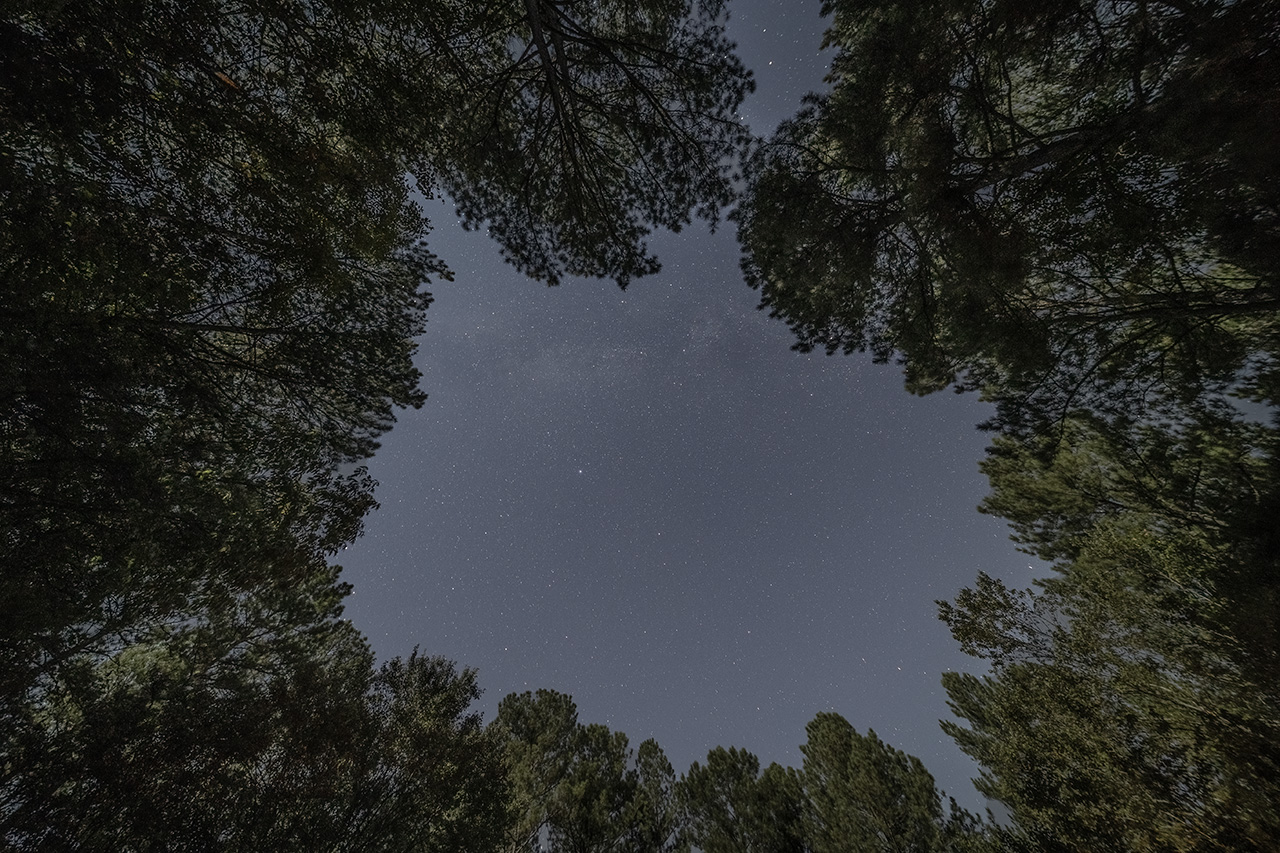
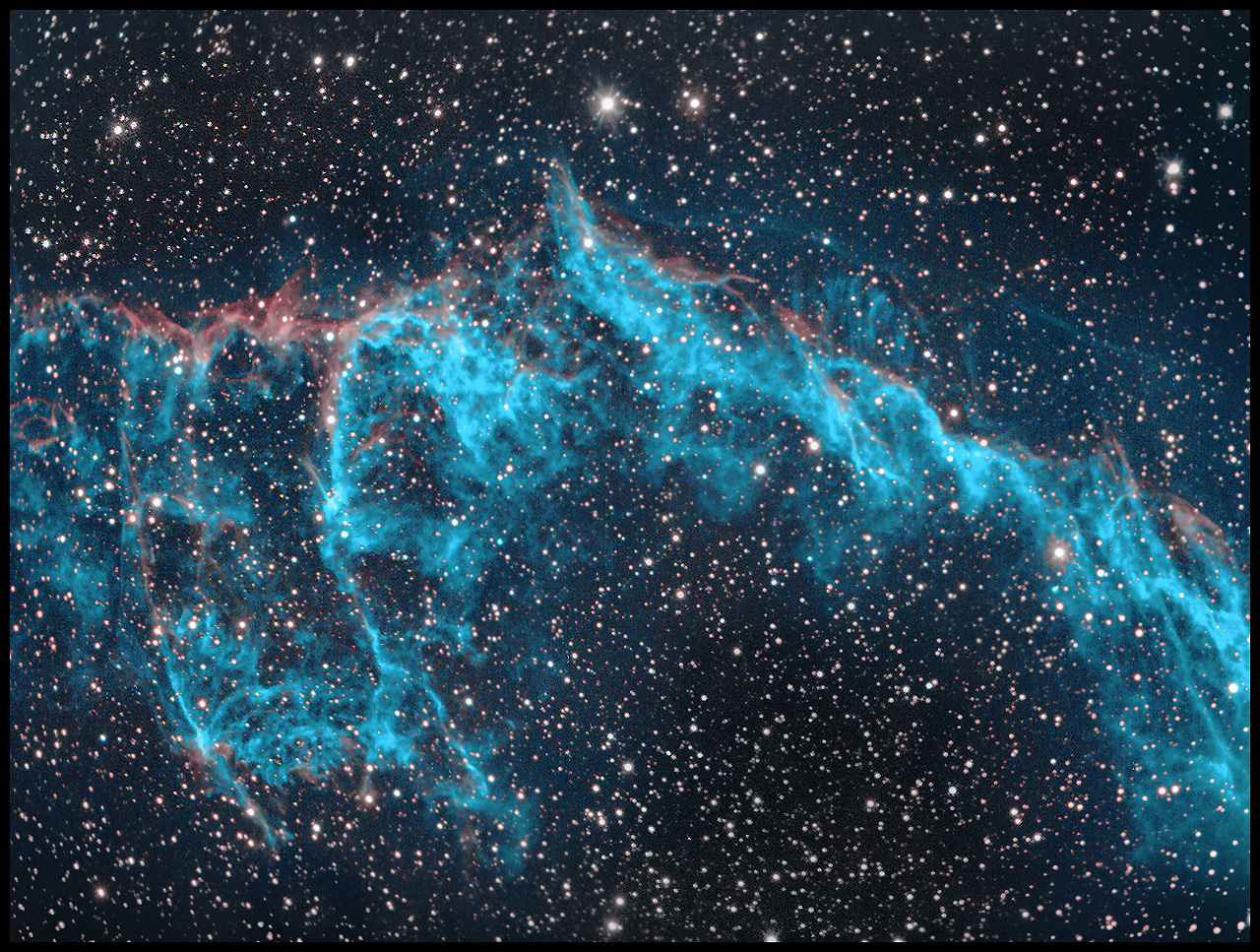 NGC 6995. 35 Ha + 25 O-iii, 180s gain 300, unbinned
NGC 6995. 35 Ha + 25 O-iii, 180s gain 300, unbinned
